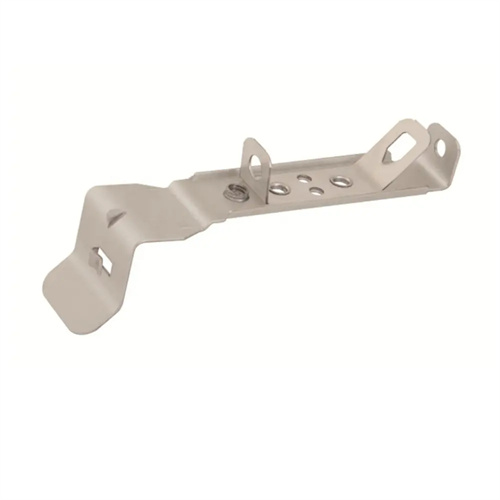High-strength weather-resistant welded steel pipe for structures
High-strength, weather-resistant welded structural steel pipe combines high strength and weather resistance. By adding alloying elements such as chromium, nickel, and copper to the steel to form a dense oxide film, this pipe effectively prevents rust. Widely used in outdoor structures such as bridges, buildings, and municipal engineering projects, it is particularly well-suited for corrosive environments such as humid, coastal, and industrial areas. Its diameter typically ranges from 114 to 1200 mm, with a wall thickness of 6 to 20 mm. High-strength weather-resistant steels such as Q355NH and Q460NH are commonly used, with yield strengths of ≥355 MPa and ≥460 MPa, respectively, and an atmospheric corrosion resistance index (I) of ≥6.0, resulting in corrosion resistance 3 to 5 times that of ordinary carbon steel.
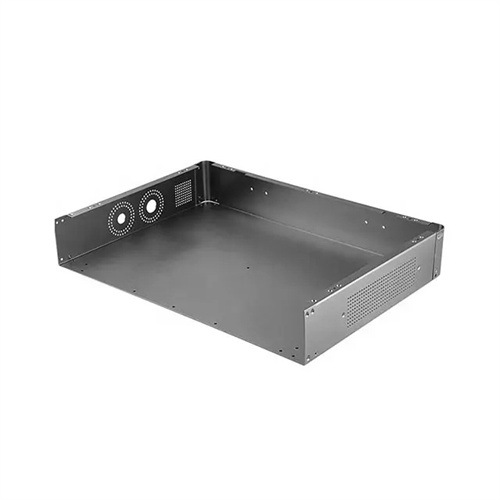
The production process for high-strength, weather-resistant welded structural steel pipes involves key steps, including steel strip pretreatment, forming, welding, and post-weld treatment. First, high-strength weather-resistant steel strip with a thickness tolerance of ≤±0.15mm is selected. Its chemical composition, for example, is strictly controlled, with Q355NH containing 0.3%-1.2% chromium, 0.2%-0.5% copper, and 0.2%-0.5% nickel. Spectroscopic analysis ensures compliance with these standards. Forming utilizes the UOE process (suitable for large-diameter, thick-walled pipes). The steel strip is first pressed into a U shape and then into an O shape, ensuring a roundness tolerance of ≤1% of the outer diameter and a misalignment of ≤0.1 times the wall thickness. Double-sided submerged arc welding is used at a current of 600-1200A, using a low-hydrogen flux to ensure weld penetration of ≥95% of the wall thickness. After welding, 100% ultrasonic testing and X-ray inspection are performed to prevent defects such as cracks and lack of fusion. Post-weld treatment includes stress relief annealing (600-650℃, holding time 2-3h) and surface treatment. Natural rusting is used to accelerate the formation of a stable rust layer, or passivation treatment is used to enhance corrosion resistance. The final straightness of the steel pipe is ≤1mm/m, and the dimensional tolerance is ±1%.
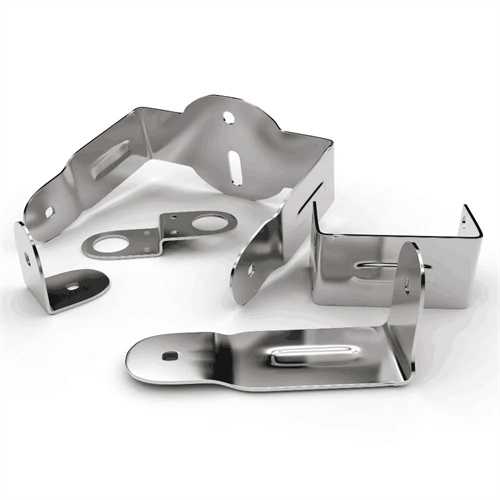
The performance advantages of high-strength weather-resistant welded steel pipes for structures make them irreplaceable in outdoor structures. First, it combines high strength with high toughness. The tensile strength of Q460NH steel pipe is ≥550MPa, and the impact energy at -40℃ is ≥34J. It can withstand heavy loads and seismic loads of bridges and high-rise buildings. Second, it has excellent weather resistance. The corrosion rate in the industrial zone atmosphere is ≤0.03mm/year, and in coastal areas it is ≤0.05mm/year. The service life can reach 30-50 years, and no painting maintenance is required, reducing the cost of the entire life cycle by more than 50%. Third, it has good welding performance. Preheating to 150-200℃ before welding and slow cooling after welding can avoid cold cracks. The weld strength is ≥90% of the parent material strength, meeting the requirements of structural connection. Fourth, it has excellent forming performance and can be processed by cold bending, flaring, etc. There is no crack when the bending radius is ≥3 times the diameter, which is suitable for complex structural design. Fifth, it is economical. Compared with stainless steel pipes, the cost is reduced by more than 60%, and the cost is reduced by 30% compared with ordinary steel pipes plus coating solutions.
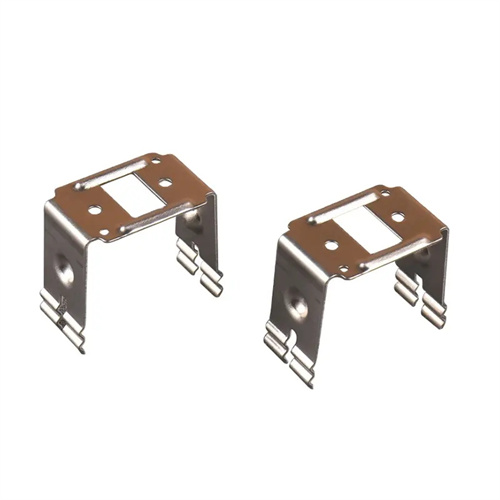
In various application scenarios, high-strength weather-resistant welded steel pipe for structural applications is an ideal material for large outdoor structures. In bridge engineering, piers and columns of cross-sea bridges utilize Φ800mm×16mm Q355NH welded steel pipe to resist corrosion from seawater and wind. In building structures, columns of high-rise steel structures utilize Φ600mm×12mm Q460NH steel pipe to reduce cross-sectional dimensions and extend maintenance cycles. In municipal engineering, ramp supports for urban overpasses utilize Φ400mm×10mm weather-resistant steel pipe to adapt to the urban atmosphere. In port engineering, crash barriers and bollards at docks utilize Φ300mm×8mm weather-resistant steel pipe to resist tidal and seawater erosion. In landscape engineering, the load-bearing structures of large sculptures and pergolas utilize Φ200mm×6mm weather-resistant steel pipe, leveraging its rust-red appearance to blend in with the natural environment.
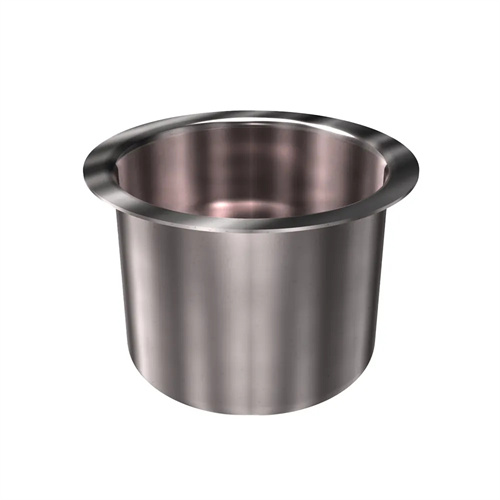
Industry trends indicate that high-strength weathering-resistant welded steel pipes for structural applications are moving toward higher strength, larger sizes, and more integrated functions. The use of higher-strength weathering steel (Q690NH) has increased yield strength to 690 MPa, reducing wall thickness by 20%-30% while maintaining the same load-bearing capacity. Breakthroughs in production technology for ultra-large diameter steel pipes (Ø1600mm and above) are meeting the demands of ultra-large bridges and buildings. The application of functional coatings (such as graphene-modified rust layers) has further reduced corrosion rates by 30%. The promotion of intelligent production technologies, employing online corrosion performance testing and adaptive welding parameter control, ensures product quality consistency. Furthermore, green manufacturing processes are being deepened, utilizing electric arc furnaces for short-process production, reducing carbon emissions by over 40%. In the future, as infrastructure construction shifts toward longer-lasting, low-carbon development, market demand for high-strength weathering-resistant welded steel pipes will continue to grow, driving the industry to achieve greater breakthroughs in material research and development and process innovation.
